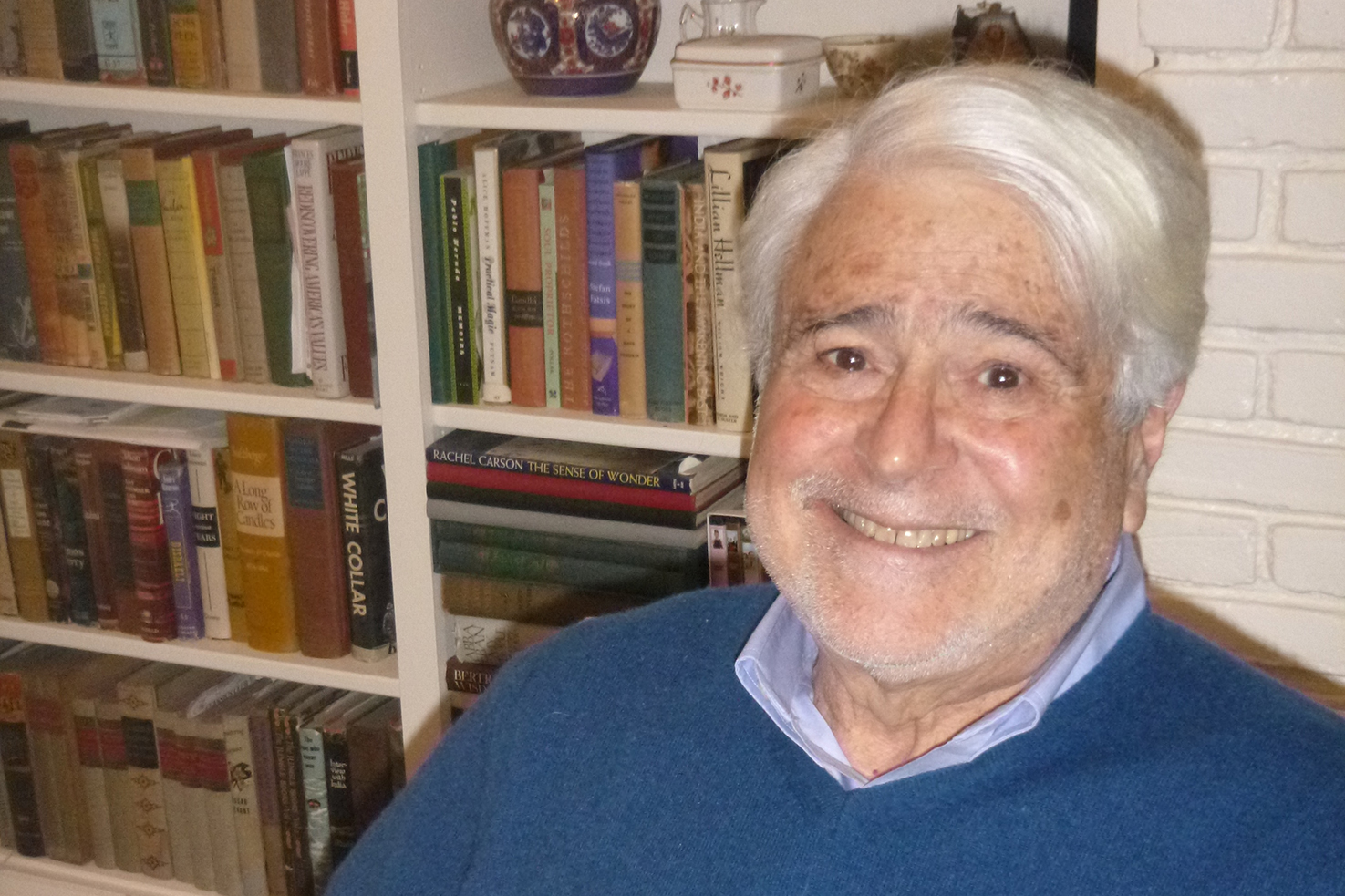Behind the Scenes at the Birth of the Pell Grant Program
-
-
Slice of MIT
Filed Under
Recommended

Since 1972, thanks to the Pell Grant Program, more than 60 million Americans have received financial assistance to earn a degree. This is due in part to David Mundel ’66, PhD ’71—who, as a graduate student analyst, helped to lay the program’s foundation.
The endeavor was deeply personal for Mundel, whose mother immigrated to the United States as a 12-year-old and grew up to be a social worker and a political organizer.
“My mother was brought up not speaking a word of English, and she started going to junior high school the year she arrived in Michigan. She went straight through and got her master’s at the University of Michigan. She did well as a student, and people took her under their wing,” he says.
If only other students had the same chances, he thought.
In the 1960s and 1970s, he says, “The problem was that lower-income kids, first-generation kids weren’t getting much in the way of assistance. Their enrollment success rates were terrible, and they tended to go to less prestigious institutions.”
Mundel began his career in the Budget Bureau under President Lyndon Johnson. In that capacity, he collaborated with economist Alice Rivlin, then the assistant secretary for planning and evaluation at the US Department of Health, Education, and Welfare (HEW). At the request of President Johnson, the department prepared a long-range plan for federal support for higher education focused on expanding the college enrollment rates and successes of lower-income youth. Subsequently, Mundel and two other MIT graduate students (Meir Kohn PhD ’73 and Charles Manski ’70, PhD ’73) produced one of the earliest econometric studies of the determinants of college going and college choice: “An Empirical Investigation of Factors Which Influence College-Going Behaviors.”
During President Nixon’s first term, Mundel completed his doctorate in political science and continued to work on federal student aid initiatives. In 1972, the HEW report and other analytical and political efforts resulted in the passage of a new, direct-to-students federal grant program aimed at supporting students with exceptional financial need. What started as the Basic Educational Opportunity Grant Program—later renamed to honor Senator Claiborne Pell—became the largest program of its kind in the nation.
The passage of this program was not universally supported. Many institutionally focused higher education lobbying groups and representatives of college financial aid officers balked at its strong federal control and direct-to-student orientation. Mundel ran interference with various factions.
“Although these groups were not our friends in a political sense, many of their leaders were friends of mine in a personal sense. We talked, debated, and argued, but we didn’t demean one another. In general, politics in the 1970s was very different than today,” he says.
In 1975, Mundel became one of the initial employees of the Congressional Budget Office, working again with Rivlin, its founding director. There, he directed analysis of federal programs and budget alternatives for education, community and economic development, and income assistance policies and programs. No job was too small: He even oversaw the installation of the agency’s phone systems.
Both the Pell Grant Program and the Budget Office have grown and thrived since Mundel’s early involvement in their creation during the 1970s. “We built a program and an institution that continue to be important. Along with my three sons, these are my five children.”
Both the Pell Grant Program and the Budget Office have grown and thrived since Mundel’s early involvement. 'We built a program and an institution that continue to be important. Along with my three sons, these are my five children.'
These days, Mundel sees cause both for celebration and concern in the ways access to higher education has and hasn’t changed since he first immersed himself in the issue nearly 50 years ago. One area of pride? His own alma mater.
“MIT has a history of being interested in or making it possible for students from low- and moderate-income families to attend,” Mundel says, noting that the Institute’s approach to Pell Grants is rare. At MIT, 18 percent of students, generally from US families with a household income below $60,000, benefit from the program. Meanwhile, about 58 percent of all MIT students receive need-based financial aid. “Unlike many other institutions,” says Mundel, “MIT doesn’t reduce its awards to students if they bring along a Pell Grant.” (MIT Dean of Admissions and Student Financial Services Stuart Schmill ’86 confirms this: “MIT treats the Pell grant in a unique way to further support low-income students,” he says, using it “to reduce what students are expected to contribute through earnings over the summer and academic year.”)
However, across the national higher education landscape, Mundel warns, several problems persist: For example, rates of college going, success, and completion remain strongly correlated with family income and status. He also flags a lack of overall financial aid awareness. “College is out of reach or inconceivable” for many families, he says, and he worries that financial aid grants aren’t properly marketed to these families.
Today, as an independent research consultant, he hopes to ameliorate these and other hurdles.
“It’s a little late in my life to start things, but that’s what I do,” he says, laughing. “And MIT taught us that we could do almost anything if we put our head to it.”







